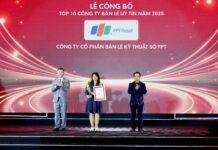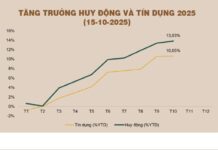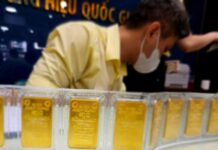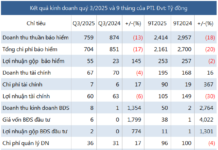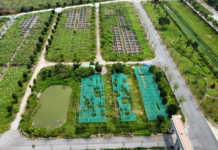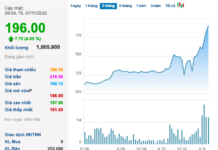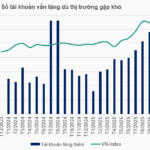Gold Prices Soar to Record Highs in Q2
The World Gold Council’s (WGC) Gold Demand Trends report for Q2 2024 revealed a 4% year-on-year increase in global gold demand, totaling 1,258 tons. This marks the second strongest Q2 on record, according to the organization. The rise in overall gold demand was driven by robust over-the-counter (OTC) transactions, which surged 53% to 329 tons compared to the same period last year.

According to the World Gold Council, Q2 gold demand reached record highs, pushing gold prices higher (Illustrative image)
The increase in OTC market demand, along with consistent central bank purchases and a slowdown in outflows from gold exchange-traded funds (ETFs), propelled gold prices to record highs in Q2. The average gold price reached $2,338 per ounce, an 18% increase year-on-year, peaking at $2,427 per ounce during the quarter.
Central banks and government institutions added 183 tons of gold to their reserves globally, a slower pace compared to Q1 but still a 6% increase year-on-year. The WGC’s annual central bank survey confirmed that reserve managers anticipate continued growth in gold allocations over the next 12 months, driven by a need for portfolio protection and diversification amid complex economic and geopolitical landscapes.
“Global gold investment remained stable, edging slightly higher year-on-year to 254 tons, masking differing demand trends. Gold demand in the ASEAN countries that we track separately in Gold Demand Trends remained positive: all were up year-on-year, partly due to currency depreciation,” said Shaokai Fan, Regional CEO, Asia Pacific (ex-China) and Central Bank Relations, World Gold Council.
Vietnamese Investors Continue to Seek Gold
In Vietnam, investors turned to gold bars and coins as a safe haven amid rising inflation, a weakening local currency, and underperforming domestic stock and real estate markets. As a result, demand for gold bars and coins in Vietnam surged 30% year-on-year to 12 tons in Q2. Total demand for gold bars and coins in the first half of 2024 reached 26 tons, the highest level since 2014.
The record-high gold prices dampened global jewelry demand, with a 19% year-on-year decline in global gold jewelry demand during Q2. Vietnam and Indonesia witnessed weaker gold jewelry demand in Q2, while Thailand bucked the trend despite the high gold prices.
Gold jewelry demand in Vietnam contracted by 15% year-on-year in Q2 to 3 tons, primarily due to prevailing gold prices, although slowing GDP growth also influenced buyer sentiment. Gold jewelry demand in Vietnam for the first half of 2024 dipped below 7 tons, the lowest level for the period since 2020.
Gold Demand Remains Buoyant
Global gold ETFs recorded outflows of 7 tons in Q2, reflecting small net selling. Asian funds continued to grow, while large outflows from European funds in April turned into small net inflows in May and June, and outflows from North American funds slowed significantly compared to Q1.
Additionally, gold demand in the technology sector increased by 11% year-on-year, driven primarily by the AI boom in the electronics sector, which saw a 14% year-on-year increase.
According to the World Gold Council, total gold supply rose 4% year-on-year, with mine production climbing to 929 tons. Recycled gold volumes increased by 4% compared to Q2 2023, marking the highest Q2 since 2012.
“The rise in the gold price to a record high attracted attention, as strong central bank demand and OTC market demand pushed the price higher, creating a stable trend throughout the year. The OTC market continued to see gold buying from institutions and high-net-worth investors, as well as family offices, as they diversified their portfolios. However, jewelry demand fell sharply in Q1 as the high gold price persisted, which also prompted some retail investors to take profits,” said Louise Street, Senior Market Analyst at the World Gold Council.
According to the analyst, while there are potential challenges for gold in the future, there are also evolving dynamics in the global market that could support and boost gold demand.


